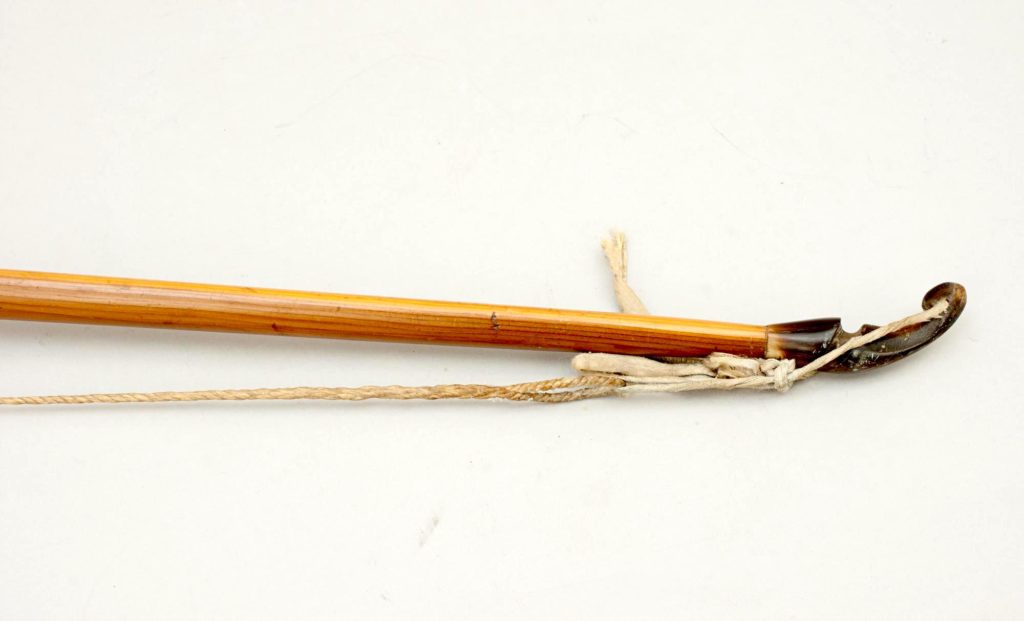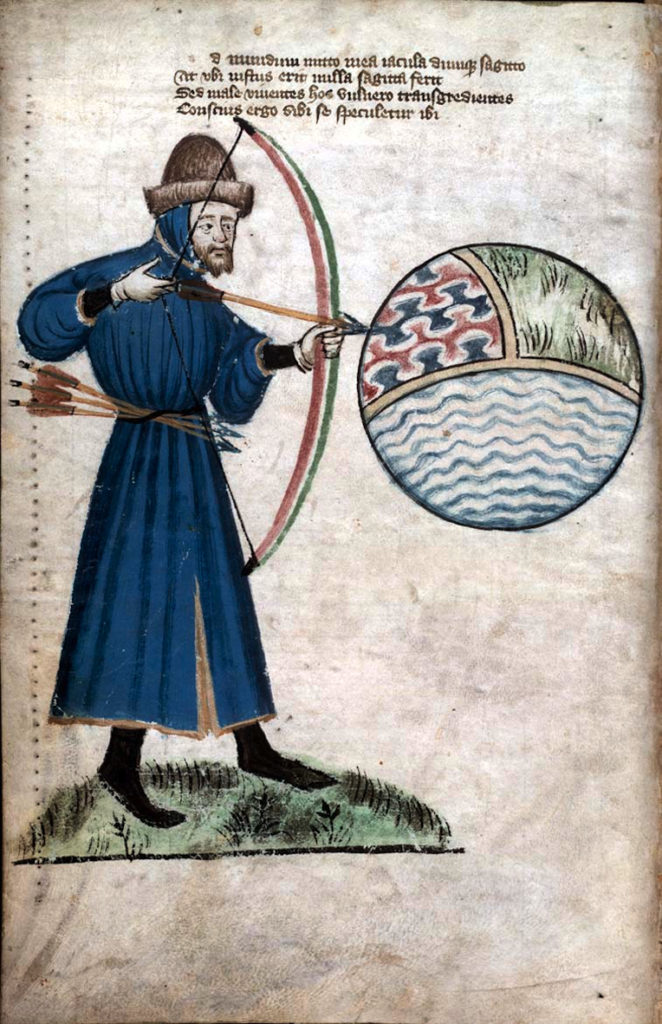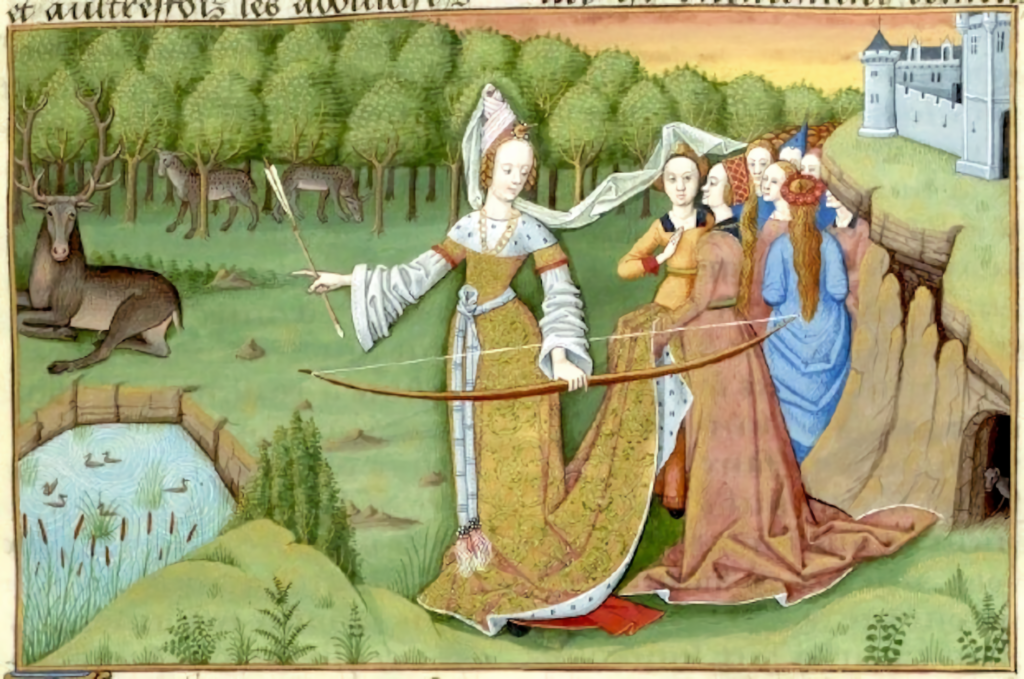Jan H Sachers traces history and legend
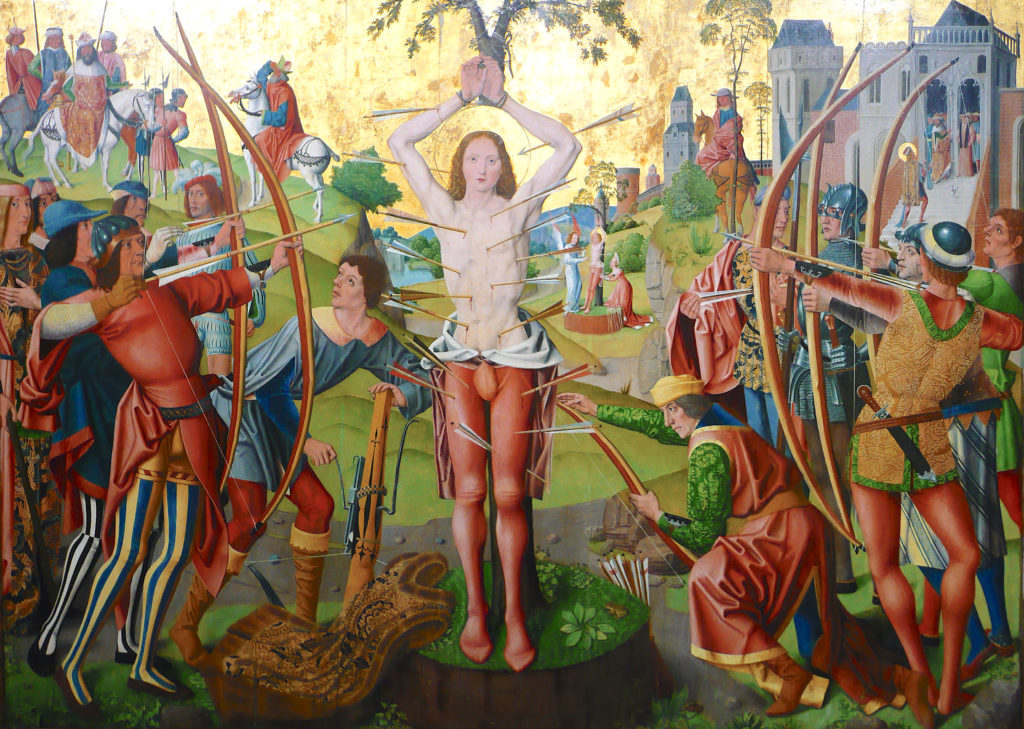
It won fame and victory on the battlefields of the Hundred Years’ War (1337-1453), turned into a sporting device during the Renaissance, in the 19th century conquered the US, and is still being used and admired all around the world today: the English longbow has a long, rich history to look back on with pride. But what do we actually know about its origins and historical development – and what is it that makes a longbow English?
Bows began to play a greater role in English military strategy in the 13th century, being used in increasing numbers in campaigns against the Welsh and the Scots. At about the same time, it also made more frequent appearances in stories and ballads, such as the earliest tales of Robin Hood, as the weapon of choice for the proud, sturdy yeomen, and in illuminated manuscripts and other works of art.
The Hundred Years’ War against France then marked its heyday as a military weapon, when thousands of yeoman archers secured English victories in battles such as Crécy 1346, Poitiers 1356, or Agincourt 1415.
The long bows of the Middle Ages
Contemporary illustrations largely show a bow about as long as the height of a man, made from yew wood (Taxus baccata), as indicated by a contrast between the yellow sapwood on the back and darker heartwood on the belly.
Bows like these had been in use since the Neolithic Age (around 5000–2300 BCE), and recovered in great numbers from the Alpine region (Bow International 160, p56-59), or the Iron Age dig site of Nydam. Its natural combination of dense, pressure-resistant heartwood and softer, stress-resistant sapwood makes the wood of the yew tree the perfect material for self bows.
The profile of the bows in medieval illustrations is D-shaped, with a flat back and rounded belly, the limbs taper evenly towards the tips and bend all the way, without a stiffer middle section (full compass) – features also found in the earlier specimens. The string loops are held by grooves that appear to run across the back.
Horn nocks, which are nowadays considered characteristic of English Longbows, first begin to appear in 14th-century illustrations, and only on strong warbows, it seems. Wooden bows with slender, D-shaped limbs need a certain minimum length in order to draw them far enough without risk of breakage, so while they had always been longbows, the term itself only shows up in sources relatively late, and actually does not refer to their length at all, but to their handling.
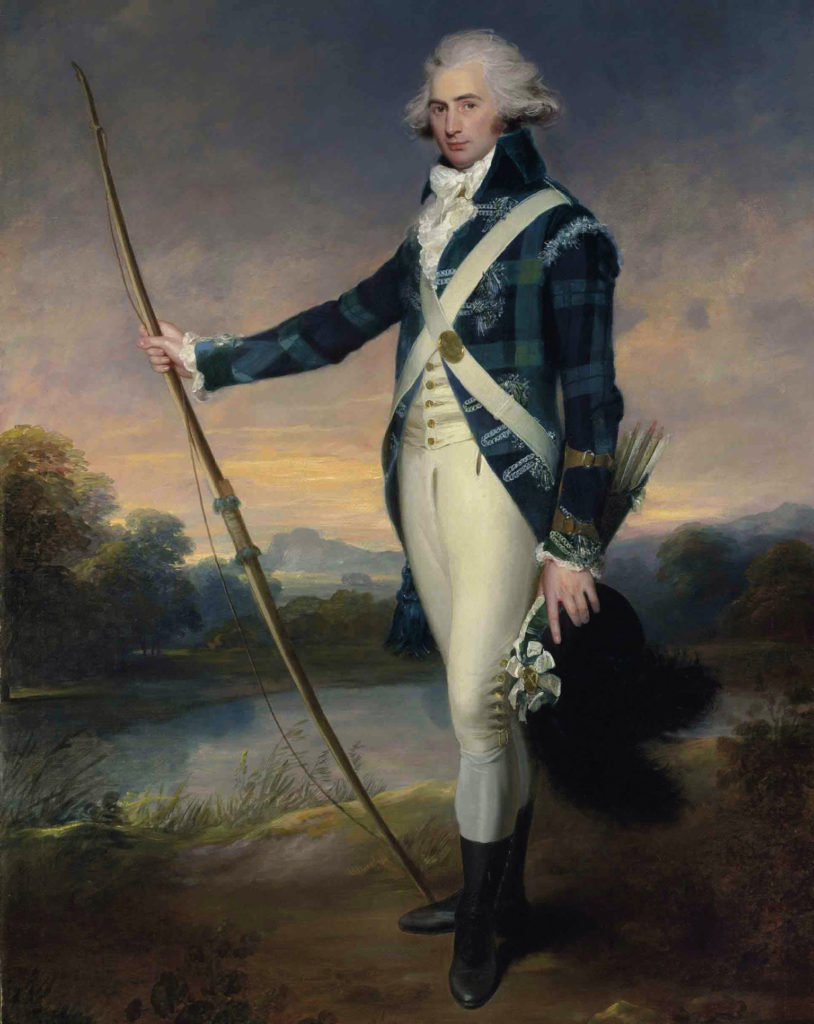
The earliest known reference is found in a letter that Margaret Paston wrote to her absent husband John in 1449, when their home was besieged by enemy troops. The good wife organising the defence asks for him to send her ‘crosse bowis’ because the ceilings of the house were too low to shoot with ‘long bowes’.
Thus, the term refers to bows held ‘longwise’, or vertically, as opposed to crossbows, which had their bows or prods mounted ‘crosswise’, or horizontally. With the same implication, the word shows up more and more often in inventories and other sources, from this time on.
Of the many thousands of bows made by professional bowyers in medieval England, not a single one has survived. They were not handed down the generations like swords, armour, or richly decorated crossbows, but simply discarded when they lost their spring or became otherwise unusable.
The oldest surviving examples were recovered from the wreck of the Mary Rose, King Henry VIII’s flagship, which sank near Portsmouth in 1545. All of them were heavy warbows with draw weights mainly between 90lb and 180lb, showing traces of horn nocks, which have rotted away.
There were no signs of a grip wrapping, which is consistent with the contemporary illustrations, but some had markings on the outside, perhaps maker’s marks, where the arrow was to be placed.
From weapon of war to sporting gear
The year the Mary Rose was sunk by the French fleet was also the year Roger Ascham first published his treatise Toxophilus, or The Schole of Shooting on the history, benefits and practice of archery.
He considered yew the only choice of wood for a longbow, since brazilwood, elm, wych elm, and ash had all proven unsuitable in the past. Other contemporary sources confirm his opinion, although modern-day bowyers have successfully built longbows even with high-draw weights from ‘these and other inferior’ woods.
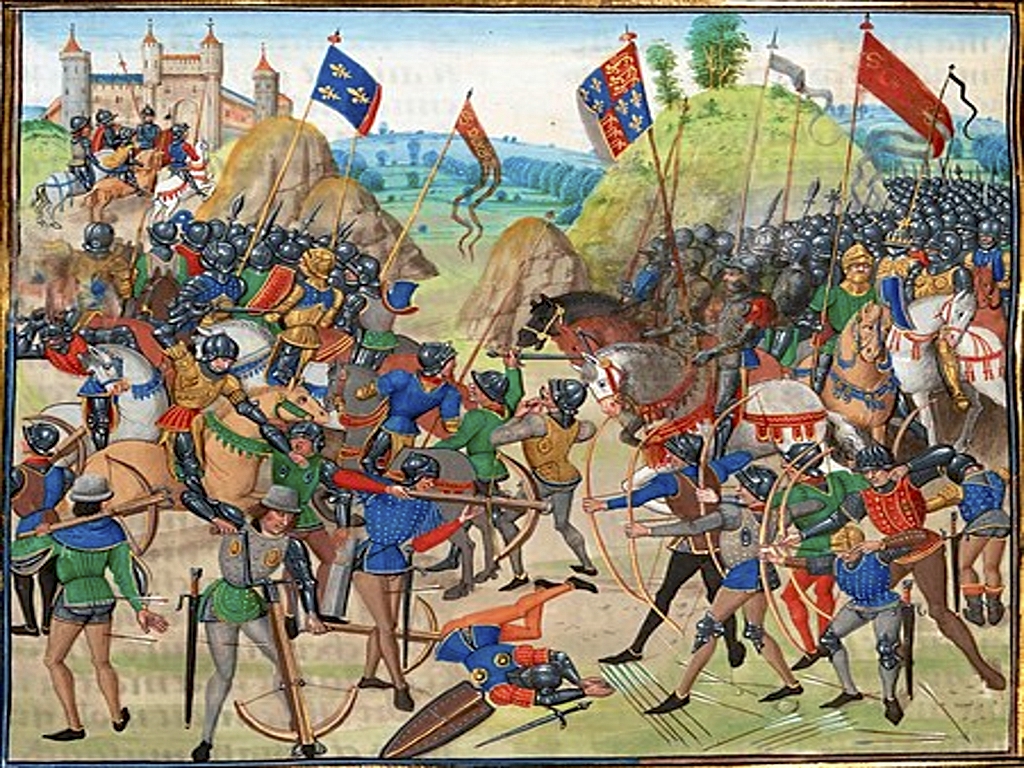
For warbows at least, yew had always been first choice, which began to cause problems for English bowyers when their local supplies ran out. The best material comes from trees that have grown slowly in the shade, or at great altitudes, which results in a dense structure of narrow growth-rings. From at least the 16th century onwards, such wood was imported in great quantities from Italy, Spain, Switzerland and other countries, and taxes on wine and other goods from the Continent had to be paid in barrels full of yew staves.
However, in the days of Roger Ascham and the sinking of the Mary Rose, the longbow no longer played a major role as a weapon of war, and Toxophilus marks the transition from its military to a civilian, recreational use.
Roving marks, target or distance shooting, and shooting at the bird had been common practice for generations, but in the 17th and 18th centuries it was no longer the yeomen keeping themselves fit for military service by such exercises, but the gentlemen and, to a much lesser extent, ladies of the landed gentry who discovered archery as a pleasant pastime.
They had no need for high-draw weights and so the new recreational longbows were often made of other woods and laminations. Imported exotic woods such as lancewood, lemonwood, brazilwood, hickory and others were particularly popular.
The horn nocks became obsolete as means to strengthen the bow as insurance against breakage, so they fulfilled only a decorative function, often elaborately carved, with some bowyers developing their very personal style, which nowadays sometimes helps to identify the maker of a particular historical longbow.
The 19th century saw the renaissance of archery in Great Britain, and many new societies were formed, some even under Royal patronage. Equally, the number of professional bowyers grew once more, with names such as Waring, Aldred, and Buchanan still known today, producing an increasing number of longbows.
Most of these were either backed or laminated, had their grip section wrapped in fine cloth or leather and finely carved horn nocks. From the second half of the century, it became customary to leave the middle section stiffer in order to reduce handshock. Draw weights for a gentleman’s bow were now usually between 40lb and 55lb, and 25lb to 35lb for the ladies.
The English Longbow today
It is these elegant, slender recreational bows of the Victorian age – and not their burly, belligerent ancestors made from knotted, gnarly, crooked yew wood – that institutions such as the British Log-Bow Society (BL-BS), or the International Longbow Archers Association (ILAA) chose as templates for their respective definitions of the ‘English longbow’.
They prohibit the use of any artificial materials other than modern glues in the building process, but as long as it is wood, up to five or six laminates are allowed. Even bamboo, which botanically is a type of grass, can be used as a backing.
Usually a longbow has to be widest in the middle, and evenly taper towards the tips, according to these rulesets. Different profiles are possible, as long as the ratio of width to depth does not exceed 8:5 (1:0.625). Opinions differ whether a certain amount of reflex is legitimate or if the string has to run from nock to nock without touching the stave.
Bows matching this description had been in use in other European countries as well, and at least modern-day France, Belgium, and the Netherlands have an unbroken archery tradition too. But the importance of the bow in English medieval armies, and their military exploits, particularly during the Hundred Years’ War, formed a very particular relationship between the English and their ‘national weapon’.
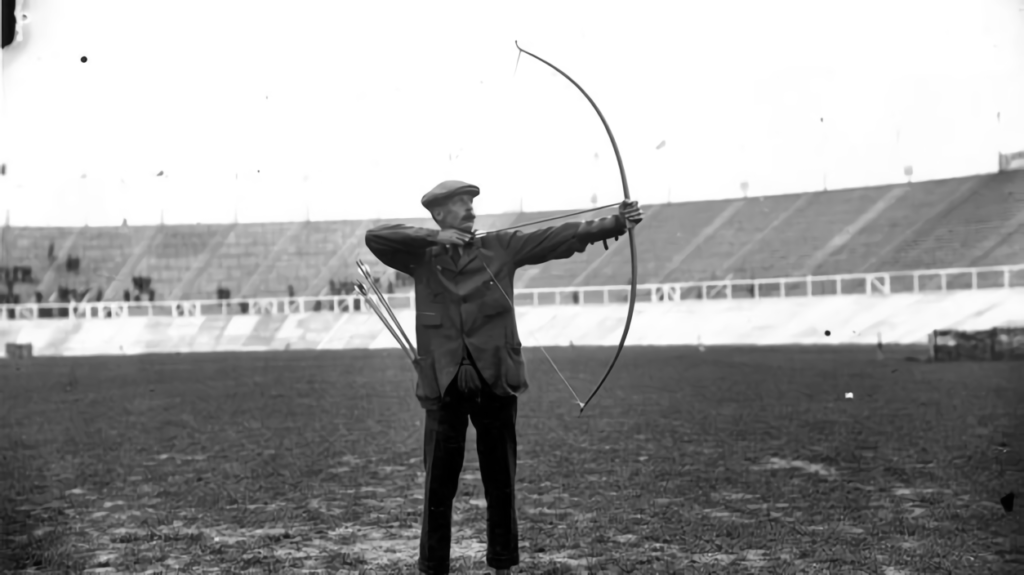
The revival of recreational archery as ‘a most English pastime’ often had some nationalistic undertones, which showed in certain publications or the glorification of Robin Hood as a national hero and defender of the realm against the French invasion.
The formation of numerous societies, the introduction of binding rules, nationwide tournaments and even the use of 10 multicoloured rings as target faces, which are still shot at today, made 19th-century England a pioneer of archery as a modern sport. No surprise then, given the atmosphere of the time, that the longbow commonly used, and associated with the glorious past, became known as ‘English’.
Towards the end of the century, the first archery societies were formed in the US, and they imported not only rules and regulations from Britain, but bows as well. In order to point out their (supposedly) higher quality, and to distinguish them from other longbows such as certain Native American types, these were also referred to as ‘English longbows’.
Today, the term mainly serves to separate it from other types of longbows. Whenever the ‘English Longbow’ is mentioned anywhere, we automatically have a mental image of it – and now you know where this image comes from.


